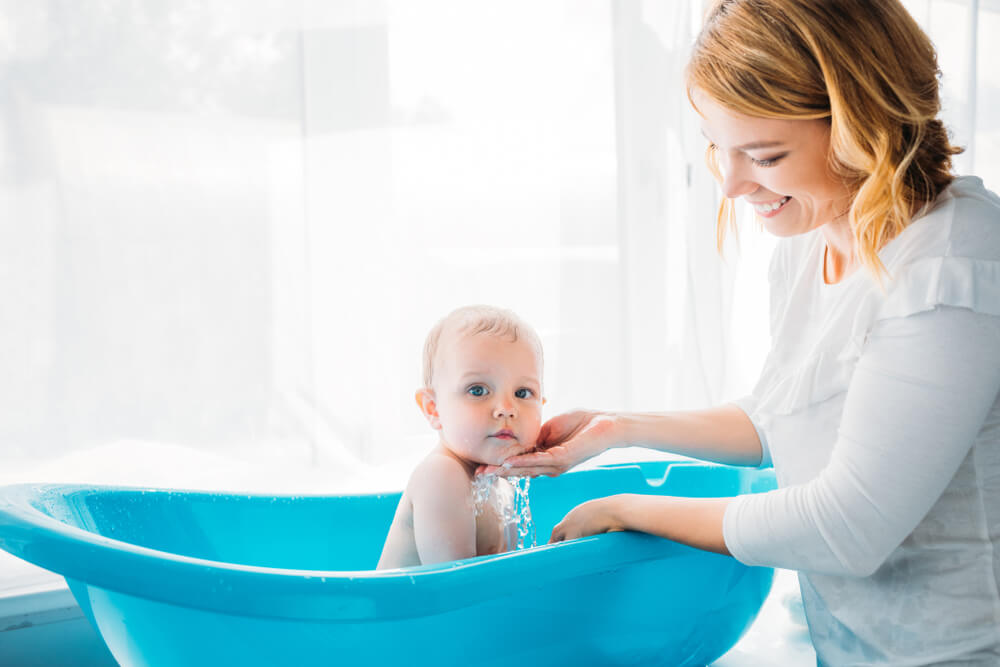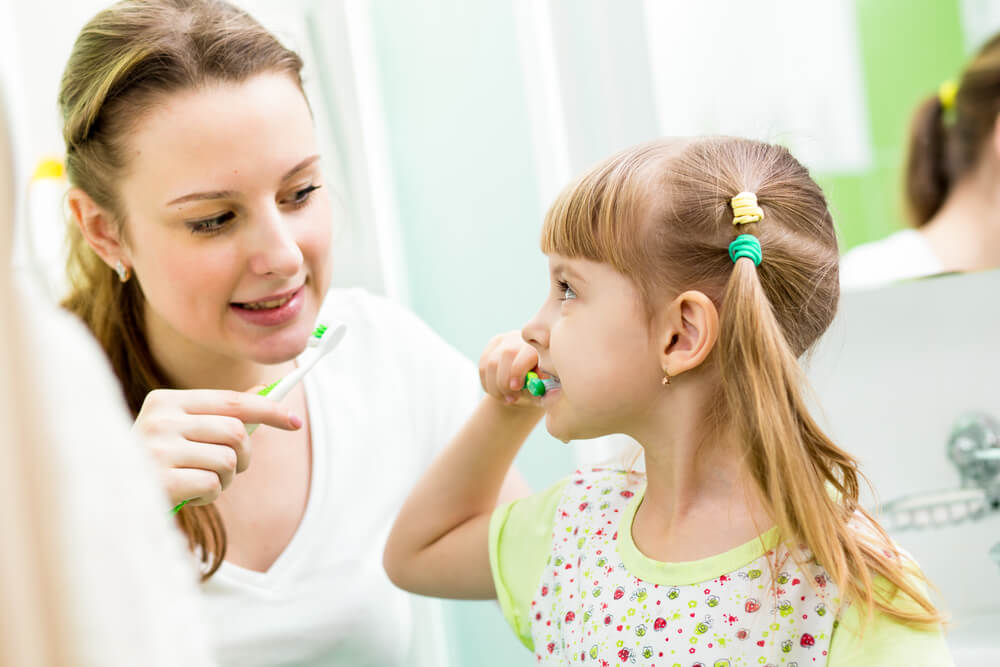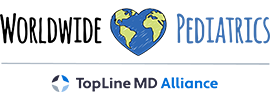Oral hygiene is an essential part of proper self-care. What’s more, oral hygiene is not only a must for adults but also for babies who may not even have their teeth yet. Cleaning a baby’s mouth, tongue, and baby gums is very important even though they don’t consume solid foods in order to prevent bacteria buildup and white coating. That said, we’ll discuss how to clean a newborn tongue and mouth properly, but you can always trust the expert pediatrics in Doral and Plantation, Florida if you have any additional questions or concerns.
Start Sooner Rather Than Later
As mentioned, bacteria can accumulate even in baby gums, mouth, and tongue. However, because babies don’t have as much saliva as adults, they can’t get rid of the milk residue that easily, which often leads to the development white coating. Cleaning the baby’s mouth and tongue can get rid of this residue properly.
If you’re wondering how to clean a newborn tongue, start with a soft, damp cloth. This practice will also allow the child to get used to oral hygiene and accept brushing more readily in the future.
How to Clean Newborn Tongue and Mouth
You don’t need a ton of things in order to clean baby gums, tongue, and mouth effectively. Essentially, all that’s necessary is a washcloth and warm water.
Before you start cleaning the baby’s mouth, make sure to wash your own hands thoroughly. Take your baby into your lap while supporting their head with your hand. Then proceed to:
- Cover your finger with a cloth and dip it into the warm water
- Open your baby’s mouth and slowly and gently rub their tongue, using circular motions
- Then, gently rub the inside of the baby’s cheeks and gums
It would be best to clean the newborn’s mouth twice a day.

How to Clean Baby’s Tongue When They Have a Thrush
In some cases, the white coating that occurs on the baby’s tongue is not always a result of milk residue. A condition known as thrush can also be the cause of this. The white coating from both the thrush and milk indeed appear very similar, but you’ll notice the difference when you try to clean it. Namely, the white layer from milk is easy to wipe away, while the one caused by thrush cannot be cleaned.
Essentially, thrush is a mouth infection caused by a fungus such as oral candidiasis. It’s characterized by white spots that appear on the gums, tongue, the roof of the mouth, as well as the inside of the cheeks.
Thrush has to be treated properly, usually with antifungal meds, in order to prevent the infection from spreading further. Therefore, if you notice that the white coating inside your baby’s mouth doesn’t seem to go away even after wiping it with a damp cloth, make sure to get in touch with the pediatrician.
Cleaning a Baby’s Mouth After Six Months of Age
Around the time when your child reaches the age of six months, they will probably have their first tooth. This is the ideal time to introduce a toothbrush and toothpaste to the oral hygiene routine. Of course, it’s important to choose a special, kid-friendly toothbrush with soft bristles and a mild toothpaste.
At this point, you can change up the routine from using a cloth to cleaning the baby’s mouth gently with a brush. Of course, you can prolong the use of a washcloth or even a special finger brush made for this purpose for a while longer if you find that more suitable for your child.
However, if you decide to start the brushing once the baby is six months old, keep in mind that you only need to use the tiniest amount of toothpaste – no larger than a rice grain. When your child is three years old, you can up the toothpaste amount to the size of a pea.
How to Teach Your Toddler to Brush Their Teeth
Even though their hand coordination might be well developed for proper teeth brushing and mouth cleaning, keep in mind that toddlers still find it challenging to maintain good oral hygiene. This is why it’s always recommended to keep a check on their brushing and cleaning technique up until they’re anywhere between six and nine years old. The following practices are an excellent place to start when teaching them how to brush their teeth:
- Start by squeezing a tiny bit of toothpaste on a toothbrush you previously wetted
- Show your child how to brush by doing it yourself first
- Then proceed to brush your child’s teeth gently, all the while explaining every single action
- Make sure to mention the importance of brushing both the front and the backside of their teeth
- Let your child try to brush their teeth on their own, but you can hold their hand as they do so to guide them
- Once the child can brush their teeth on their own, still be there to supervise them until they do it properly
Make it a point to tell your child that they should never put intense pressure on the toothbrush and that they have to clean their teeth in a gentle manner. Also, explain to them that toothpaste should never be swallowed.

When to Take Your Child to the Dentist
There doesn’t have to be something wrong with the child’s teeth, gums, and/or mouth in order for parents to take them to the dentist. Just like a daily oral hygiene routine is important, so are regular dentist checkups.
In general, it’s recommended to take your child to their first dental appointment about six months after their first tooth grows. If they don’t have any teeth by the time they’re one year old, you should still take the child to the dentist around this time. That way, the dentist can keep track of your child’s oral motor development and prevent potential tooth decay from the get-go. What’s more, starting these visits sooner rather than later will help your child get used to the dentist and these types of appointments, which is very important for preventing the shock and fear later on.
In order to make sure your child’s teeth grow healthy, consider the following dental tips as well:
- Don’t feed your child too many sugary drinks and foods
- When picking a toothpaste, always opt for one that has fluoride
- Once they’re three years old, teach your child that all they need is a pea-size amount of toothpaste
- Make sure your child never falls asleep with a bottle in their mouth
- Make sure that every family member has their own utensils so that your child doesn’t use yours
- Remember to schedule the child’s first appointment at the dentist when they’re about one year old
It’s true that your child won’t have any memory of you cleaning their mouth and tongue when they were a newborn, but this practice will gradually introduce them to proper oral hygiene that will stick even when they grow up. After all, good oral hygiene always starts from a very early age. If you want to consult a professional and experienced pediatrician about your child’s health, don’t hesitate to reach out to us at Worldwide Pediatrics.



